The Eocene is a division of the Earth’s geologic time scale in the Cenozoic Era. It comprises the time between the end of the Paleocene (55.8 million years ago) and the beginning of the Oligocene (33.9 million years ago).
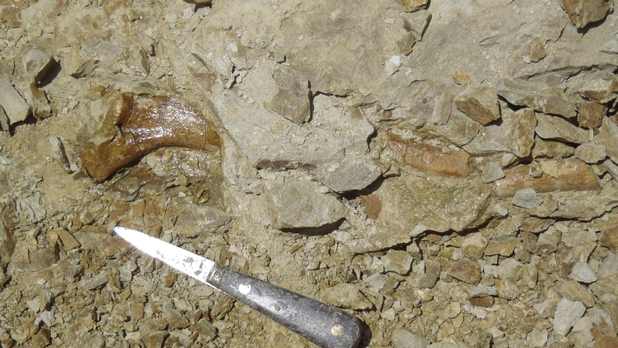
The appearance of the ancestor of the whale and the dolphin, which evolved from a quadrupedal animal in southern Asia, has been placed in this period. However, in South America, more specifically in Peru, a fossil of this whale that sailed the seas almost 50 million years ago has recently been discovered.
Several paleontologists and scholars agree in assuring that the finding will provide valuable information about the level of adaptation of this four-meter long animal to swim and walk as an amphibian.
It’s incredible!
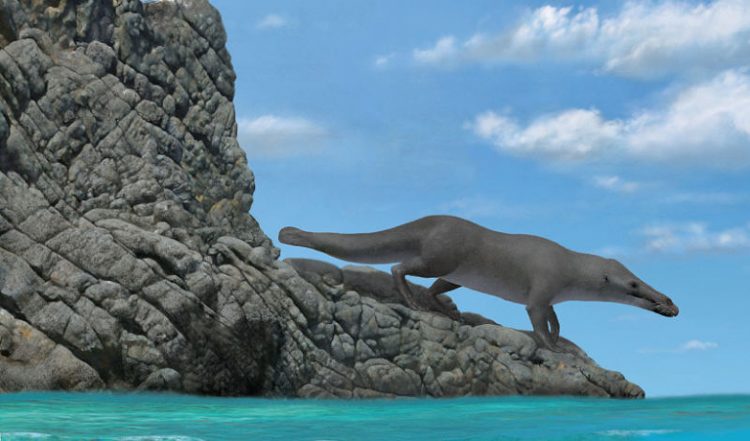
In fact, this fossil speaks with its own voice and tells us that the first cetaceans of Antiquity settled earlier in South America than in the North.
“This is the first record of a four-legged whale skeleton in the Pacific Ocean, it is probably the oldest in the Americas, and it is the most complete specimen discovered outside India and Pakistan” stated expert Olivier Lambert of the Royal Belgian Institute of Natural Science.
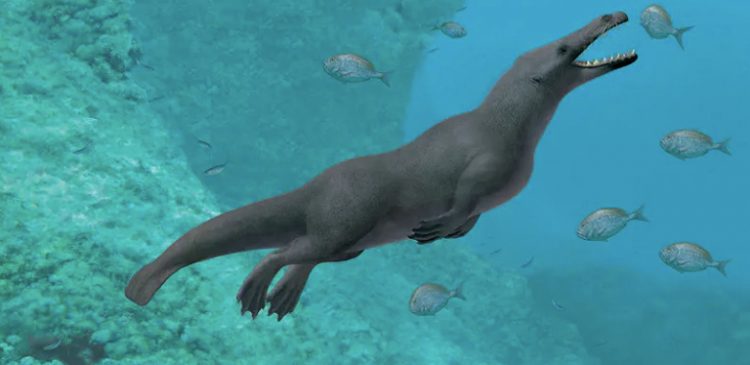
The reconstructed animal can be seen in a series of published images showing the huge postcranial bones, the four legs with membranes between the toes and hooves and the jaw. Currently, the team of researchers is still on the trail of the remains of other whales and dolphins in the Inca nation.
“This is the most complete specimen ever found of a four-legged whale outside of India and Pakistan. We will continue to search in localities with older layers, than those at Playa Media Luna, so that much older amphibious cetaceans may be discovered in the future,” explained Lambert.
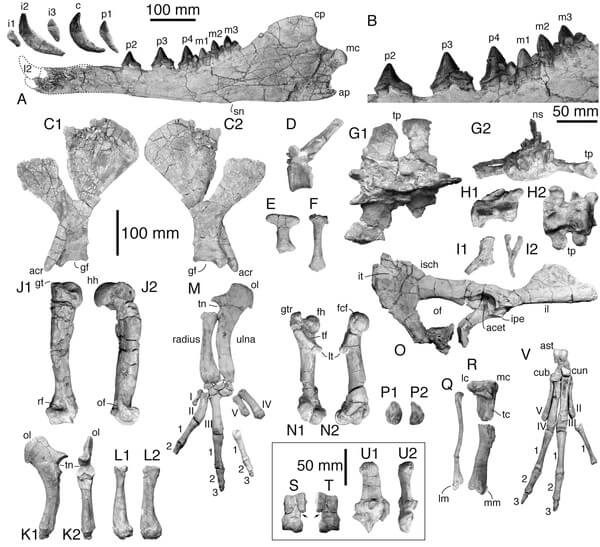
In summary, according to the fundamental points analyzed by the experts in Peru, we are in the presence of a quadruped whale based on an Eocene skeleton.
On the other hand, this whale combined terrestrial locomotor skills and the use of the tail for swimming, being the first record of an amphibious whale in the entire Pacific Ocean.
Indeed, this sensational discovery further supports the theory of early cetacean dispersal to the New World via the South Atlantic.
Nature never ceases to amaze us
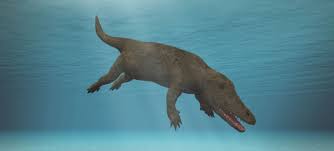
The first fully marine cetaceans appeared about 50 million years ago and had an anatomy very similar to that of today’s whales. Even so, their brains were less developed and the first teeth would not appear until almost the end of the Eocene.
Share this interesting story with your best friends, because our oldest companions have not always been dogs and cats, but, apparently, those animals that have four legs.




